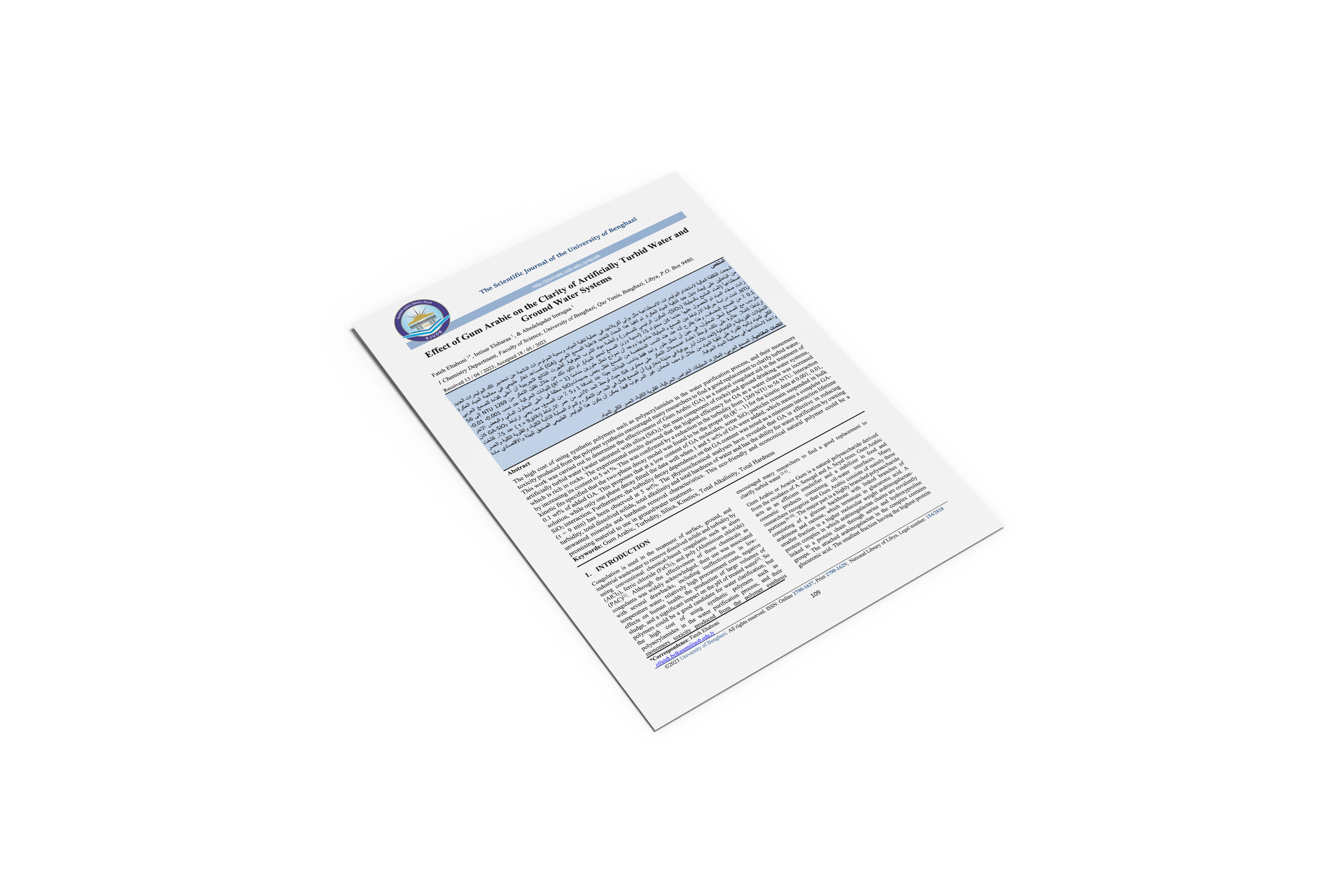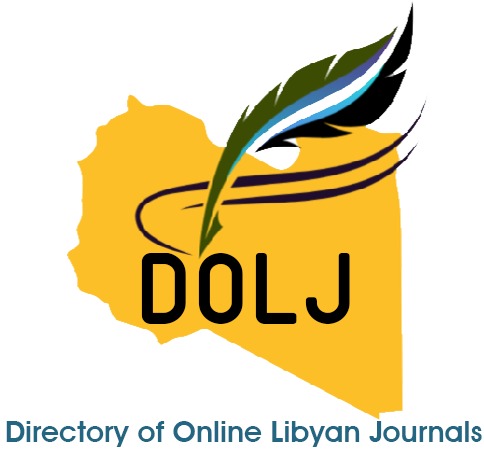Effect of Gum Arabic on the Clarity of Artificially Turbid Water and Ground Water Systems
DOI:
https://doi.org/10.37376/sjuob.v36i1.3935Keywords:
Gum Arabic, Turbidity, Silica, Kinetics, Total Alkalinity, Total HardnessAbstract
The high cost of using synthetic polymers such as polyacrylamides in the water purification process, and their monomers toxicity produced from the polymer synthesis encouraged many researchers to find a good replacement to clarify turbid water. This work was carried out to determine the effectiveness of Gum Arabic (GA) as a natural coagulant aid in the treatment of artificially turbid water (water saturated with silica (SiO2), the main component of rocks) and ground drinking water systems, which is rich in rocks. The experimental results showed that the highest efficiency for GA as a water clearer was increased by increasing its content to 5 wt %. This was confirmed by a reduction in the turbidity from 1269 NTU to 56 NTU. Interaction kinetic fits specified that the two-phase decay model was found to be the proper fit (R2 ~ 1) for the kinetic data at 0.001, 0.01, 0.1 wt% of added GA. This proposes that at a low content of GA molecules, some SiO2 particles remain suspended in bulk solution, while only one phase decay fitted the data well when 1 and 5 wt% of GA were added, which means a complete GA-SiO2 interaction. Furthermore, the turbidity decay dependence on the GA content was noted as a minimum interaction lifetime (τ = 9 min) has been observed at 5 wt%. The physicochemical analyses have revealed that GA is effective in reducing turbidity, total dissolved solids, total alkalinity and total hardness of water and has the ability for water purification by owning unwanted minerals and hardness removal characteristics. This eco-friendly and economical natural polymer could be a promising material to use in groundwater treatment.
Downloads

Downloads
Published
How to Cite
Issue
Section
License
Copyright (c) 2023 The Scientific Journal of University of Benghazi

This work is licensed under a Creative Commons Attribution-NonCommercial-NoDerivatives 4.0 International License.


















